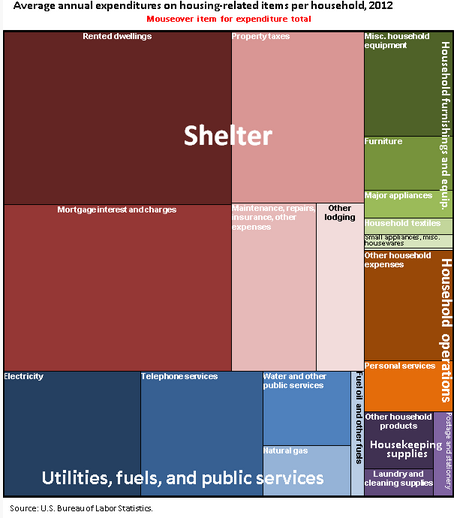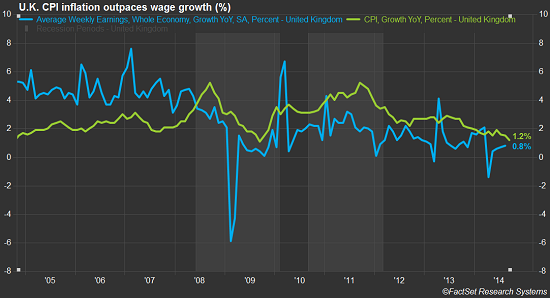 The world’s financial markets are changing dramatically with the Federal Reserve on the verge of ending its third quantitative-easing campaign. The Fed’s massive deluge of inflation drastically distorted markets, which are finally starting to normalize. The precious metals were crushed by the Fed’s artificial levitation of the stock markets, leading to extreme futures shorting. But that looks to have peaked, a very bullish omen.
The world’s financial markets are changing dramatically with the Federal Reserve on the verge of ending its third quantitative-easing campaign. The Fed’s massive deluge of inflation drastically distorted markets, which are finally starting to normalize. The precious metals were crushed by the Fed’s artificial levitation of the stock markets, leading to extreme futures shorting. But that looks to have peaked, a very bullish omen.
What a difference a few weeks makes! Back in mid-September, the US stock markets were drenched in euphoria and hitting nominal record highs. Nearly everyone was totally convinced equities would keep on climbing forever. You couldn’t turn on CNBC or open a financial newspaper without seeing endless predictions for a big end-of-year rally. And gold and silver were despised, believed to be doomed to spiral lower.
Yet those markets were a Fed-conjured illusion, an artificial fiction. Financial markets are forever cyclical, they never move in one direction indefinitely. The longer any particular run has lasted, the greater the odds of an imminent reversal and full mean reversion. Stock markets had levitated for far too long, while the precious metals had fallen for far too long. The prudent contrarian trade was to sell stocks and buy gold.
I warned and warned and warned about the extreme danger in these Fed-manipulated stock markets. On September 5th as the SPX made a new nominal record, I wrote that the looming end of QE3 meant a serious selloff neared. Again on September 26th when the S&P 500 was still not far from 2000, I outlined the overwhelming case for a major stock-market selloff looming. Market extremes always reverse, period.
The Fed foolishly engineered stock-market sentiment based on the false belief that these markets only rise, never fall significantly. This made a mockery of the millennia-old wisdom of prudent diversification of portfolios. Some thirty centuries ago, the ancient Israeli King Solomon wisely advised diversifying investments, ‘Give a portion to seven, or even to eight, for you know not what disaster may happen on earth.’
Thanks to the Fed, all anyone wanted to own was stocks. Putting all one’s financial eggs in one basket is plain flat-out stupid, the height of folly! This irrational belief led to an entire asset class, precious metals, being abandoned and left for dead. American futures speculators piled on to this gold-to-zero trade, effectively borrowing vast amounts of gold and silver they didn’t own to sell it short. This crushed PM prices.
But as this serious stock-market selloff is proving, the Fed-spawned levitation has to and will unwind. And as markets normalize and mean revert, so will the anomalous antipathy towards traditional portfolio diversification with alternative investments. As gold and silver slowly regain favor as a smart destination for a fraction of every portfolio, the American futures speculators will be forced to cover their massive shorts.
With precious-metals investment demand crazy-low, the futures traders have been utterly dominating the PM prices. And as these charts show, the lion’s share of that powerful influence has emerged from the short-side trade. Both gold and silver prices over the past couple years have a strong inverse correlation with American futures speculators’ total short contracts. This fact has extraordinarily-bullish implications.
Extreme futures short selling is inherently self-limiting, because all shorts must soon be covered. The underlying commodity borrowed from someone else to be sold has to be repurchased and paid back. And in the futures markets, the price impact from a trader adding a new long contract or buying one to offset and cover a short contract is identical. Major short covering means massive gold- and silver-futures buying.
That will catapult gold and silver prices higher, gradually enticing investors to return. And with the Fed-distorted stock-market levitation finally rolling over, the extreme PM-futures shorting looks to have peaked. Every Friday afternoon, the CFTC publishes futures speculators’ positions as of the preceding Tuesday in its famous Commitments of Traders reports. And the latest from Tuesday the 7th reveals change is afoot.
This post was published at ZEAL LLC on October 17, 2014.
 The interventions of the central bankers ‘smells of a co-ordinated attack to help boost declining sentiment’, said Adrian Miller, director of fixed-income strategy at GMP Securities. ‘Markets need to check into the Betty Ford Center and go into rehab, to wean themselves off this addiction to central bank support. If that means more volatility and lower prices in some asset classes, so be it.’
The interventions of the central bankers ‘smells of a co-ordinated attack to help boost declining sentiment’, said Adrian Miller, director of fixed-income strategy at GMP Securities. ‘Markets need to check into the Betty Ford Center and go into rehab, to wean themselves off this addiction to central bank support. If that means more volatility and lower prices in some asset classes, so be it.’




















 Follow on Twitter
Follow on Twitter
Recent Comments